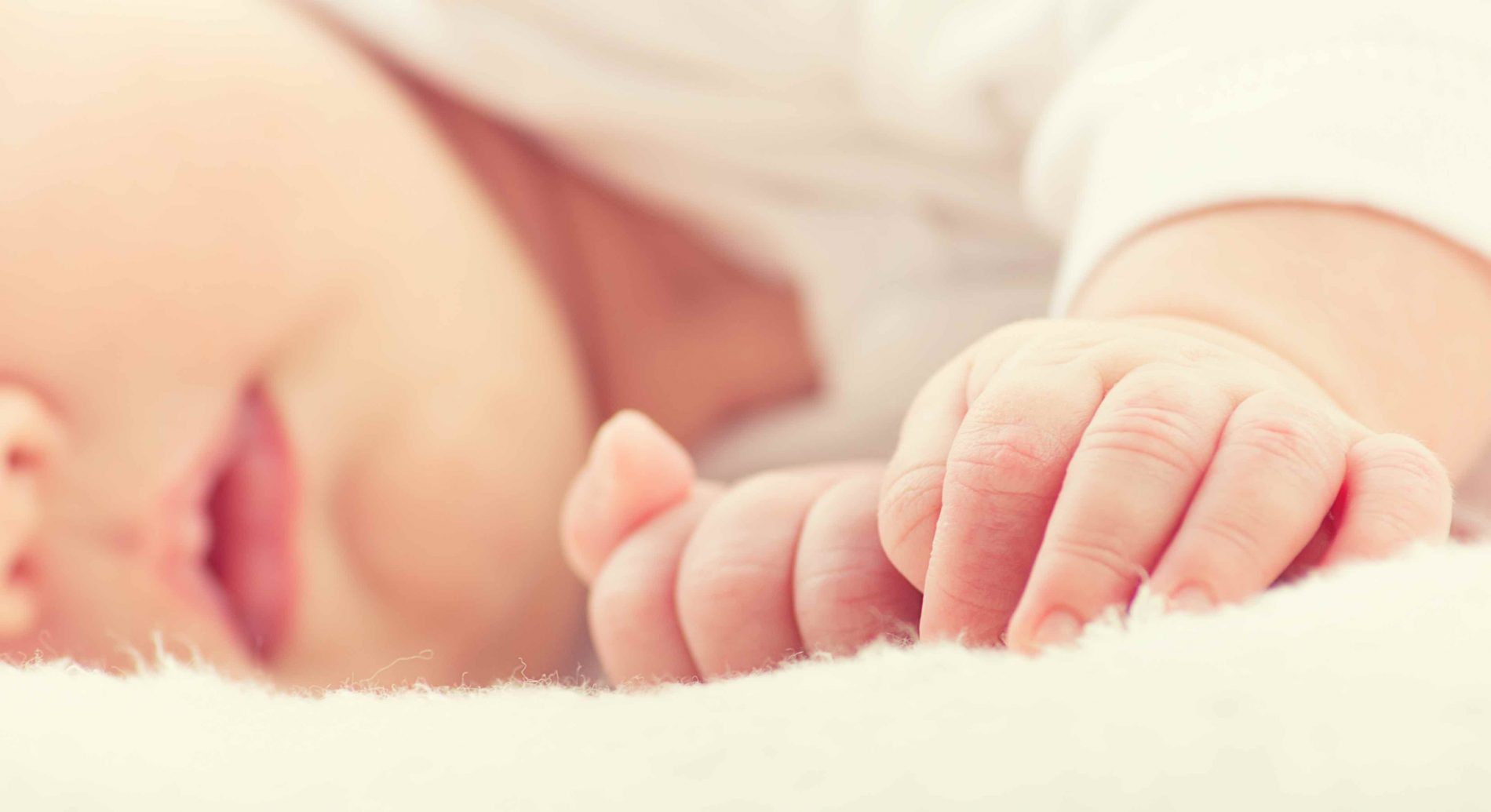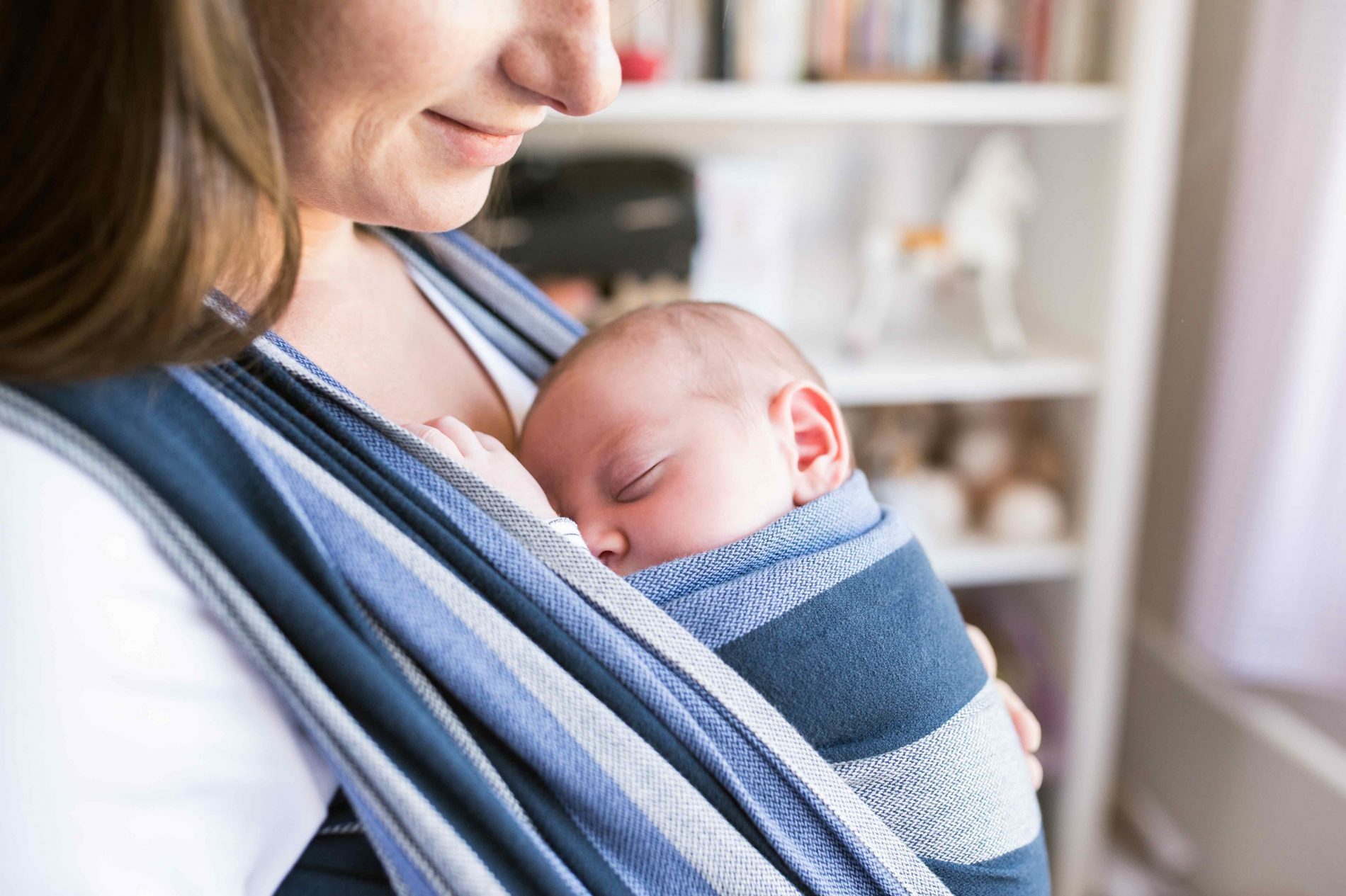Let’s think about this for a moment. Announcing to your children, “Go to sleep and stay there by yourself all night.” (while Mom and Dad get to share the night together)
This is simply an outdated model of children’s sleep habits, as research is now coming to light that there is an incredible amount of value that is added to the health of the child and the family by co-sleeping.
Putting a baby into a separate bedroom at night causes parents to wake for much greater periods of time and creates added exhaustion in early parenthood. It is much easier to have the baby or toddler right beside the bed with you, or depending on your level of safety comfort, sharing the bed with you. This makes it much easier to be able to comfort and nurse or feed your baby when he/she is unsettled in the night.
Babies are born very immature neurologically, and require close connection to their parents – not just during the daylight hours, but also at night! Being separated for too long elicits a stress response in the young child (ie. abandonment, fear, separation anxiety) and can cause issues with healthy development.
Additionally, when each child has her/her own separate room, it forces the size of the home to grow significantly, as the family is spread out across much more space (which requires more resources to build the home, energy to heat it, light it and maintain it). Sleep has become a detriment to our environmental that adds a huge carbon footprint.
Why did we stop co-sleeping?
Our ancestors used to co-sleep for much of their growing-up years, as well as many families across poorer nations where they simply do not have the real estate to have separate sleeping rooms.
In the 20th century, there were several prominent physicians, such as Dr. William Whitty Hall, who insisted that it was uncivilized to sleep as a family, and that it was associated with poverty and social ills. In 1928, behavioural psychologist John Watson argued that children should occupy their own rooms or risk stunting the child’s development. And in 1985, Dr. Richard Ferber wrote that solitary sleep was meant allowing the child to become independent and reminded readers that co-sleeping was a primitive practice.
What are the benefits of co-sleeping?
• improved infant emotional health
• promotes more convenient breast feeding• it is natural and healthy
• creates closer-knit families
• can help to prevent SIDS
• helps your baby feel safe and protected
• less intergenerational conflict
• deeper sleep as individuals learn to be unaffected by snoring, a trip to the bathroom or tossing and turning
• kids grow up to be more tolerant of each other and fight less
• have better capacity to share
• more caring attitudes toward each other
What are the risks of co-sleeping?
• loose bedding
• waterbeds
• if parents are under the influence of drugs or alcohol – won’t have same level of alertness and responsiveness as usual
• parents who smoke should not co-sleep – some studies indicate a higher risk of SIDS
• if parents are incredibly deep sleepers
If you are worried about the safety of co-sleeping with your little one, talk to your natural health care provider. There are also many options for having them sleep very close to you, but with a little added protection, such as this bassinet: https://www.thebump.com/a/best-bassinet-halo-bassinest-swivel-sleeper-luxe-plus
With Sources From:
http://www.latimes.com/opinion/op-ed/la-oe-reiss-sleep-alone-20170324-story.html
Jo-Anne Richardson has almost a decade of experience managing a chiropractic office and educating patients on how chiropractic can allow your body to express optimal health. She is a Registered Holistic Nutritionist and holds a Degree in Communications. She loves to experiment with raw vegan recipes, loves to salsa dance, travel and learn new holistic health information to share tips with everyone who visits the office.


